As a first grade teacher, I can tell you that my favorite moments in my classroom are those moments...
For some children, the light bulb is a seemingly instantaneous thing. Simply flip a switch, and the light is on! These are the children who memorize sight word lists like there's no tomorrow. These are the children who master every reading strategy and learn every phonics pattern. These are the *easy* children to teach, and boy are they rewarding to teach! They make us want to pat ourselves on the back and feel accomplished.
But what happens...
What happens with the children who *still* don't know their sight words? Who stutter and stumble through books at a painfully disjointed pace? Whose only strategy is "sound it out" and, even then, don't really know their blends, digraphs, or letter sounds? What about those children who are still in the dark mid-year when everyone else is "getting it?" What about those children whose bulbs seem to be burned out before they're even lit?
Here are some practical steps you can take to help those children become successful readers...in their own time!
1. Provide a Print Rich Environment.
Label everything in the room. Fill the room with poems and students' names. Display anchor charts. Use morning messages that stay on display. Label class supplies and cabinets.
2. Make Phonics Fun!
Sing it. Dance it. Schoolhouse Rock it. In our room, each special sound (blend, digraph, dipthong, etc.) has a clue word and a motion. For instance, we stay "ST" in stop S-T. Then we make a stop motion with our hands. Or, "CH" in chicken C-H. Then we flap our wings and thrust our heads out like a chicken. The students have a ball and it really makes the sound stick! We also circle these special sounds whenever we read them in words we're trying to decode. I created these special sound cards to display with our alphabet line!
Some of my favorite resources are the "Preschool Prep" videos. My daughter had these when she was little and it made a great difference in her early mastery of letters and sounds.
3. Give students plenty of practice at THEIR level.
There's a plethora of guided reading resources available. I love investing in $1 books from Scholastic Book Club. By purchasing 5-6 at a time, you can quickly set up a guided reading library that's perfect for small groups on every level. There are also some fabulous leveled reading passages available on TPT. Who cares if you need to use a Kindergarten reader with your second grader for a while? What matters is that that child comes to see himself as a READER. That he builds confidence and meets with small victories. I also love scouring Ebay for retiring teachers' book lots!
BOB Books are one of my favorite finds for emerging readers. They are great to send home in Ziploc bags as readers for students to practice with.
4. Set up a listening center.
Scholastic also has great monthly CD and book collections that are perfect for building a seasonally appropriate listening selection in your classroom. As students follow the story with their eyes and hear the words read, they begin to internalize letter sounds, fluency principles, and story structure. This center is also a great thing for students whose parents don't read with them at night. The more we read to our kids, the better readers they will be!
5. Make fluency practice fun.
Use poetry notebooks, seasonal chants, and songs to aid students in developing fluency. Practice reading easily decodable phrases in different kinds of voices or with different expression. Constantly revisit previous poems, chants, and songs. This Reading Mama is a fabulous blog where you can snag some FREE poetry packs to use in your classroom:
6. Make reading fun!
Offer ample opportunities in your classroom for students to read for fun! Sometimes when we overload students, especially struggling readers, with AR goals, reading logs, book reports, and required reading we stifle any hope of ever making readers out of them. Show students that reading is FUN. Read silly books that make {even the teacher} laugh out loud. Read poems and tongue twisters. Practice rhyming, alliteration, and onomatopoeia. Read on quilts under the clouds. Read in a tent set up in a corner of the classroom. Read in a loft. Set up a themed reading center like this one from Oriental.
Anything that can make students WANT to read will help them LEARN to read faster!
I love the idea of setting up reading bags that students can check out and take home. Perhaps include 2-3 books, a beanie baby to read to, a toy microphone, and some laser finger pointers. These bags from Oriental Trading are perfect:
7. Put technology on your side.
There are tons of fabulous resources available in this digital age to help struggling readers. So many parents have Iphones or Ipads these days, that you can encourage parents to download some of these apps for students to use at home.
8. Don't assign endless or meaningless homework.
What does this have to do with struggling readers? Everything. Guess what? Students who are struggling in your class generally struggle with homework as well. When we load them down with busy work in the evenings we don't give them the chance to do things they really need to do-- play baseball, spend time with their family, jump on their trampoline, or read a bedtime story with their parents. If it doesn't serve a REAL purpose, please don't assign it. In fact, a bedtime story is sufficient homework for many kids. P.S. According to Scholastic, even big kids need bedtime stories!
Have students bring a new or gently used book to exchange. Have students come dressed as their favorite book character. Vote on your favorite class read-alouds. Eat foods inspired by books. This fabulous idea comes from Johnson and Johnson family blog.
Make fun bookmarks.
10. Read for pleasure yourself....and tell students about it.
Teachers who love reading inspire students to love reading. During DEAR time, don't grade papers. Read a book! I love this FREE sign by the amazing Tattooed Teacher Rachel Lamb. Let kids know what you're reading outside of school!
I hope something in this post inspired you to help the light bulb come on for your struggling readers. Please share other ideas in the comments. I love learning from y'all!



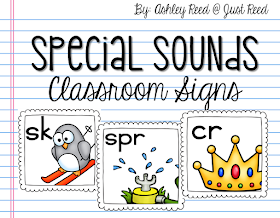
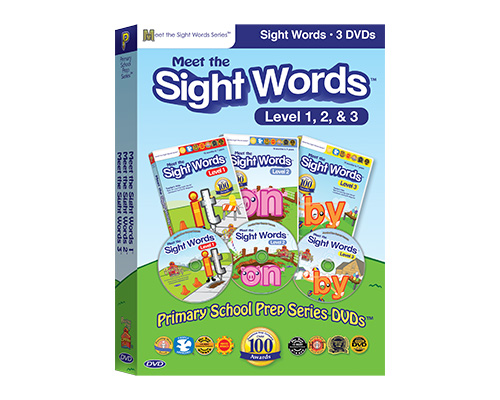
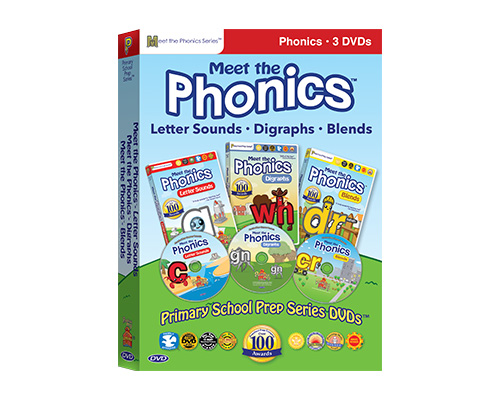



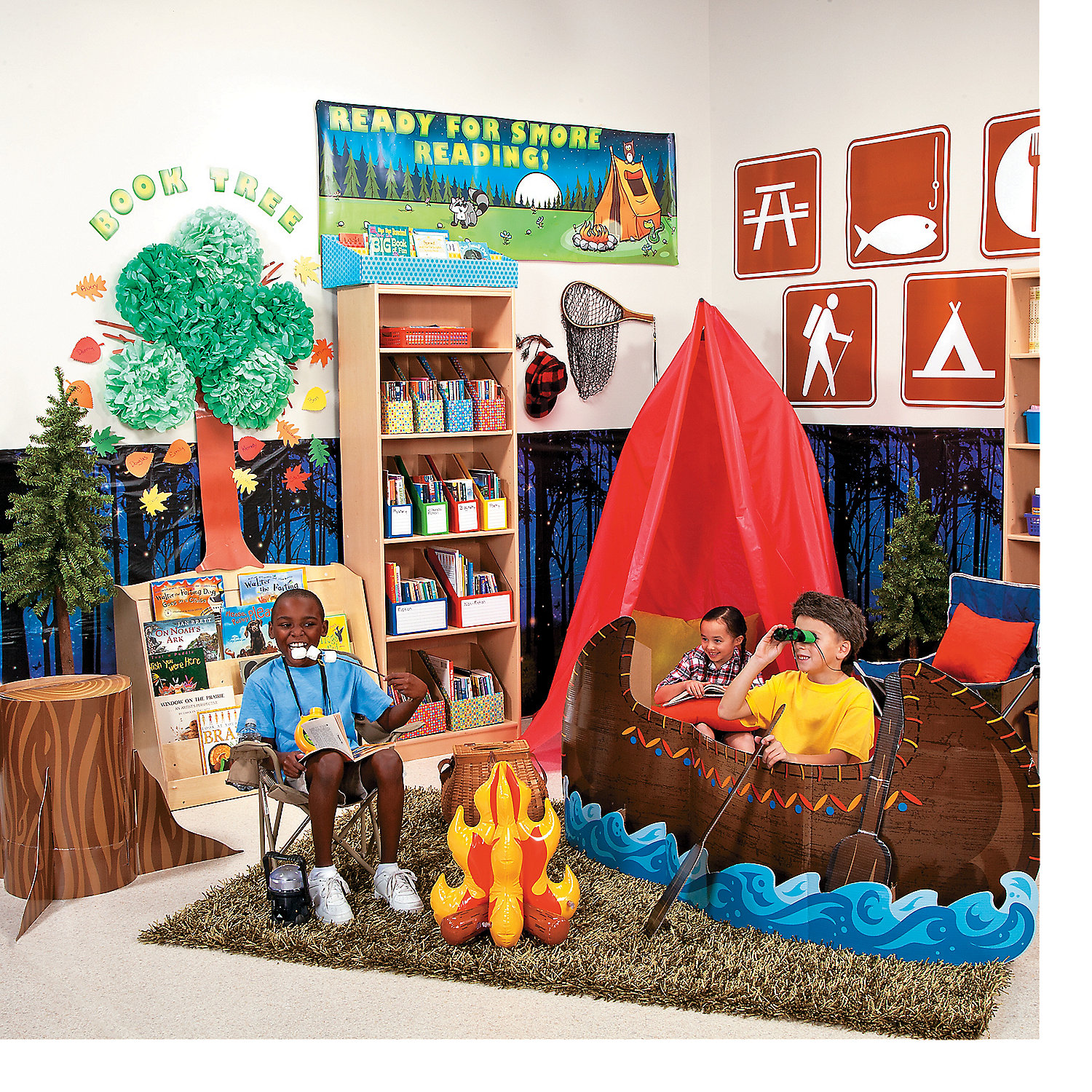
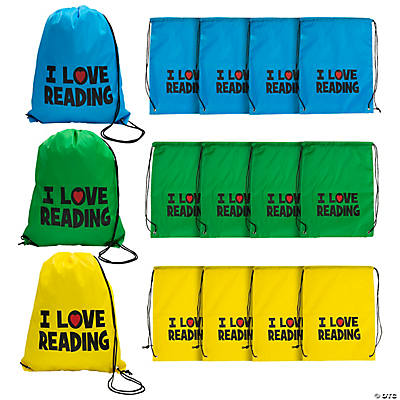





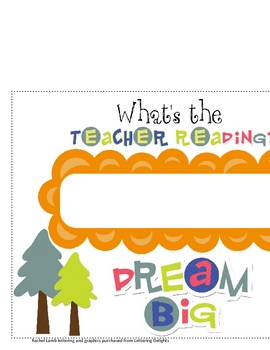
Great ideas, Ashley, for our struggling readers! Especially making it fun and involving them in movement!
ReplyDeleteLori
Conversations in Literacy
Thanks for your comment, Lori. I agree that fun often equals motivation and success!
Delete